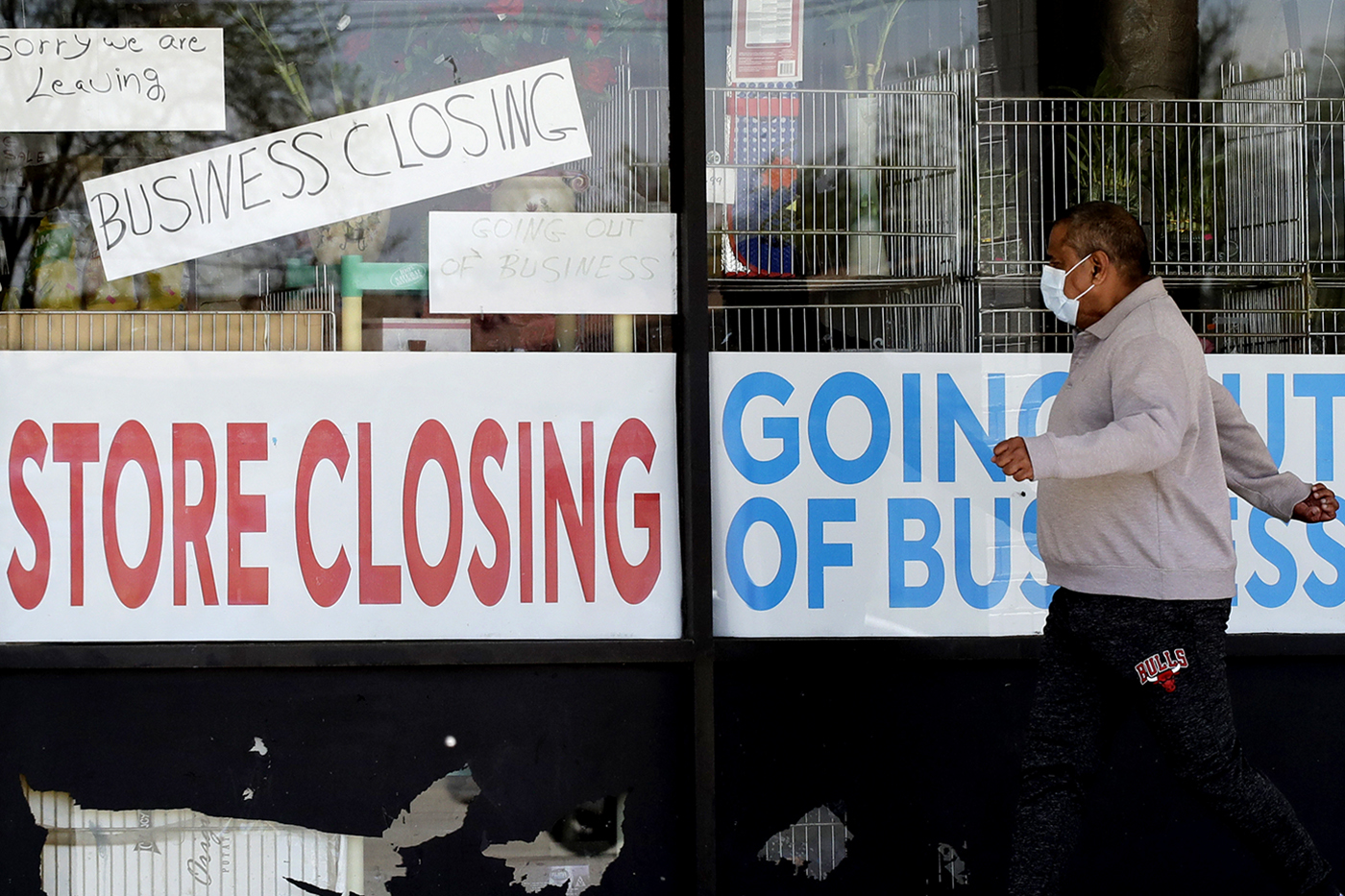
The number of people over 16 without a job who are not actively looking for one has increased by 5 million since the beginning of 2020. A structural issue, according to Treasury Secretary Janet Yellen, as the return of economic growth is already causing tensions with the lack of labor force.
Unemployment is one issue; the labor market is another. In a speech about the state of the American economy she gave last Wednesday, Secretary of the Treasury Janet Yellen spoke of a structural challenge for the Biden administration: bringing more people into the labor market. The pandemic has indeed dealt a new blow to the participation rate of Americans: down to 61.7% in June, the number of people over 16 in a job or looking for one in the United States dropped over the last two months by two points compared to its pre-pandemic level.
The milestone of 100 million people over 16 outside the labor market was reached last year, a 5 million increase compared to the period before the pandemic hit. When services stopped in the spring of 2020 and schools moved online and at home, many stopped looking for a job. The Republicans, for their part, think that the emergency unemployment benefits have failed to encourage people to come back onto the labor market, particularly among the lower-paid populations.
‘An Adequate Supply of Labor’
With benefits being suspended at the end of September and the latest pressure from the government to bring children back to school at the end of summer, the situation may abate. “This has not only harmed working families — that’s obvious — but the businesses that depend on an adequate supply of labor,” worried Yellen.
On the other hand, lessons from the 2008 financial crisis have shown that such a disengagement can have a long-term impact: The participation rate, which held at around 66% before the financial crisis, dropped rapidly, while its recovery was a lot slower and remained incomplete.
The Delta Variant
“When I first joined the government about thirty years ago, a higher percentage of American women participated in the labor force than women did in almost any other wealthy country. But since the turn of the millennium, women’s labor force participation in this country has been mostly on a downward trajectory,” Yellen observed. “The same thing is happening to men, but it’s been happening for much longer. Even before the pandemic, a smaller percentage of men were working than at any point since the 1950s.”
Multiple factors can explain these recent trends: a study by the Federal Reserve deems that the development of the informal economy (renting, selling goods, etc.) could hint at an underestimation of the participation rate. The opioid crisis, which reached its peak during this last decade, has also impacted the pool of available workers. For the Democrats, the issue is also political. The highest drop in participation rate since the financial crisis of 2008 was registered among white men — the core of Donald Trump’s electorate.

Leave a Reply
You must be logged in to post a comment.